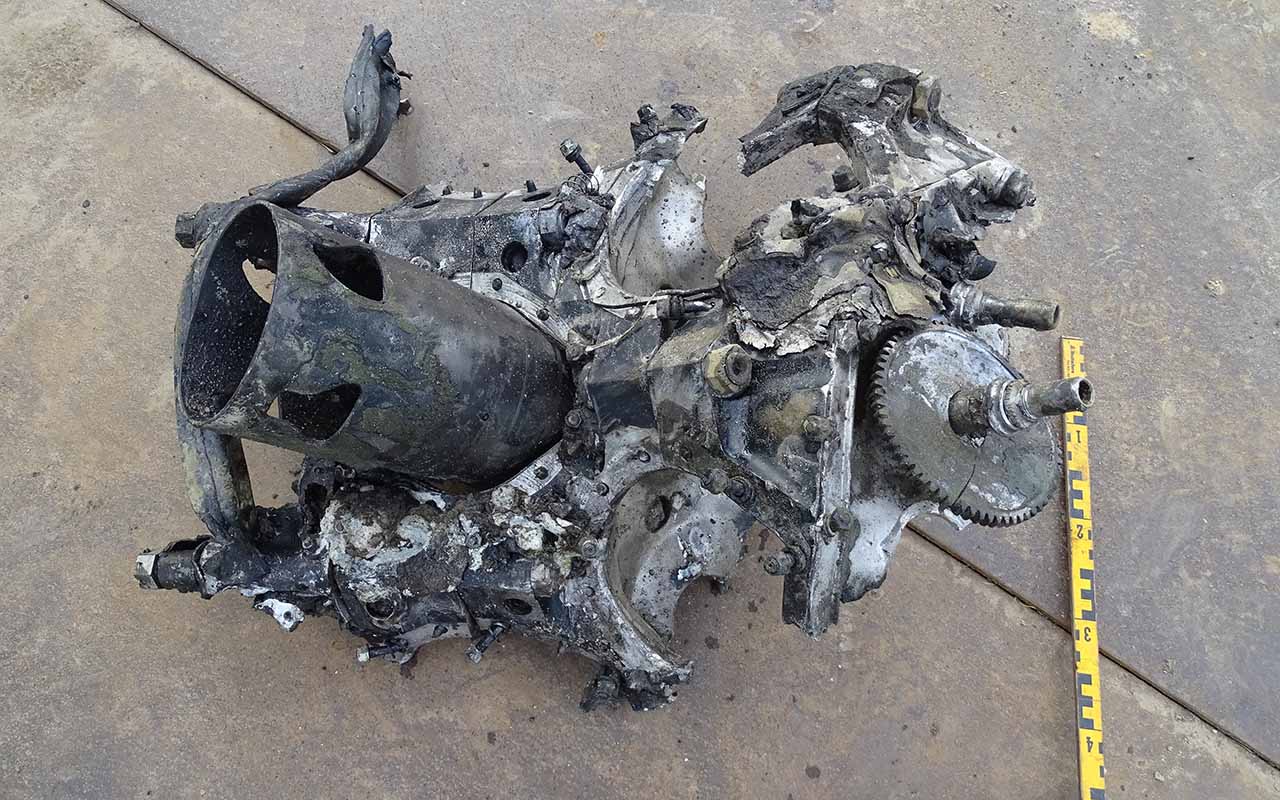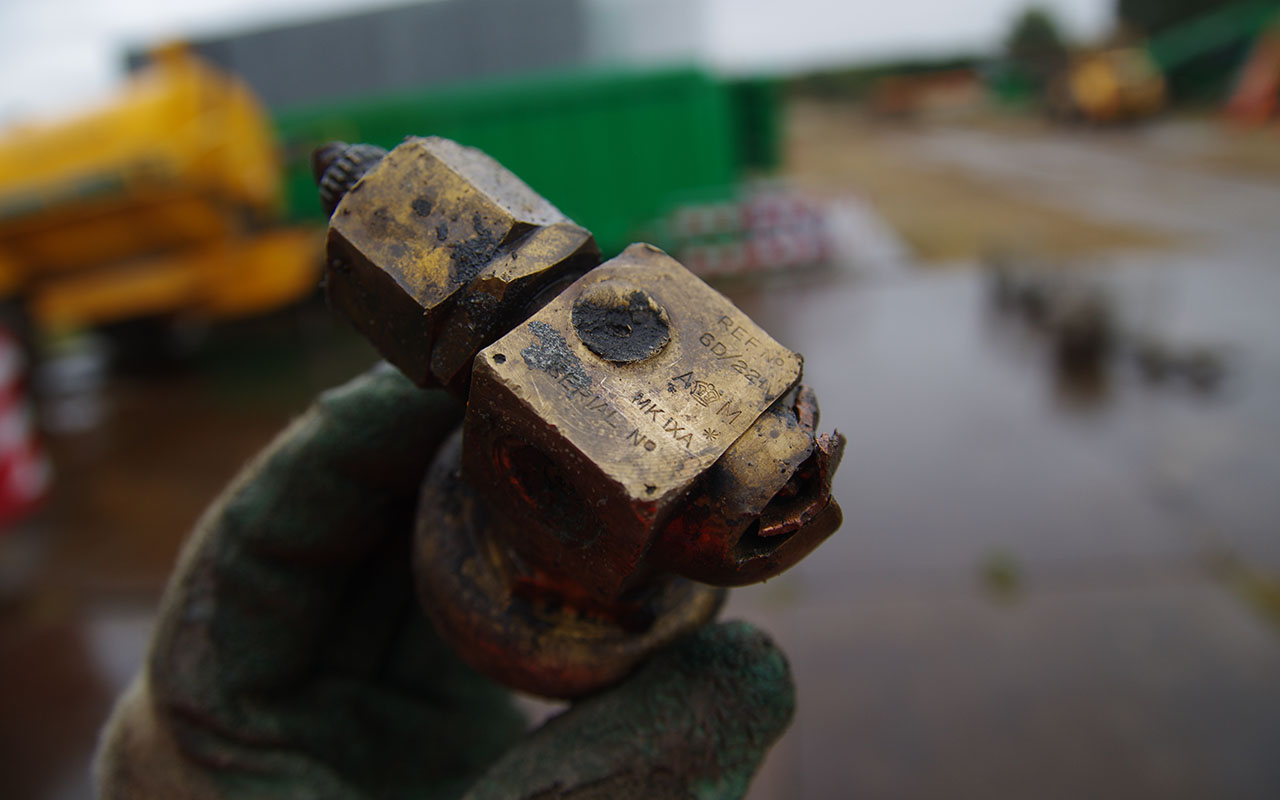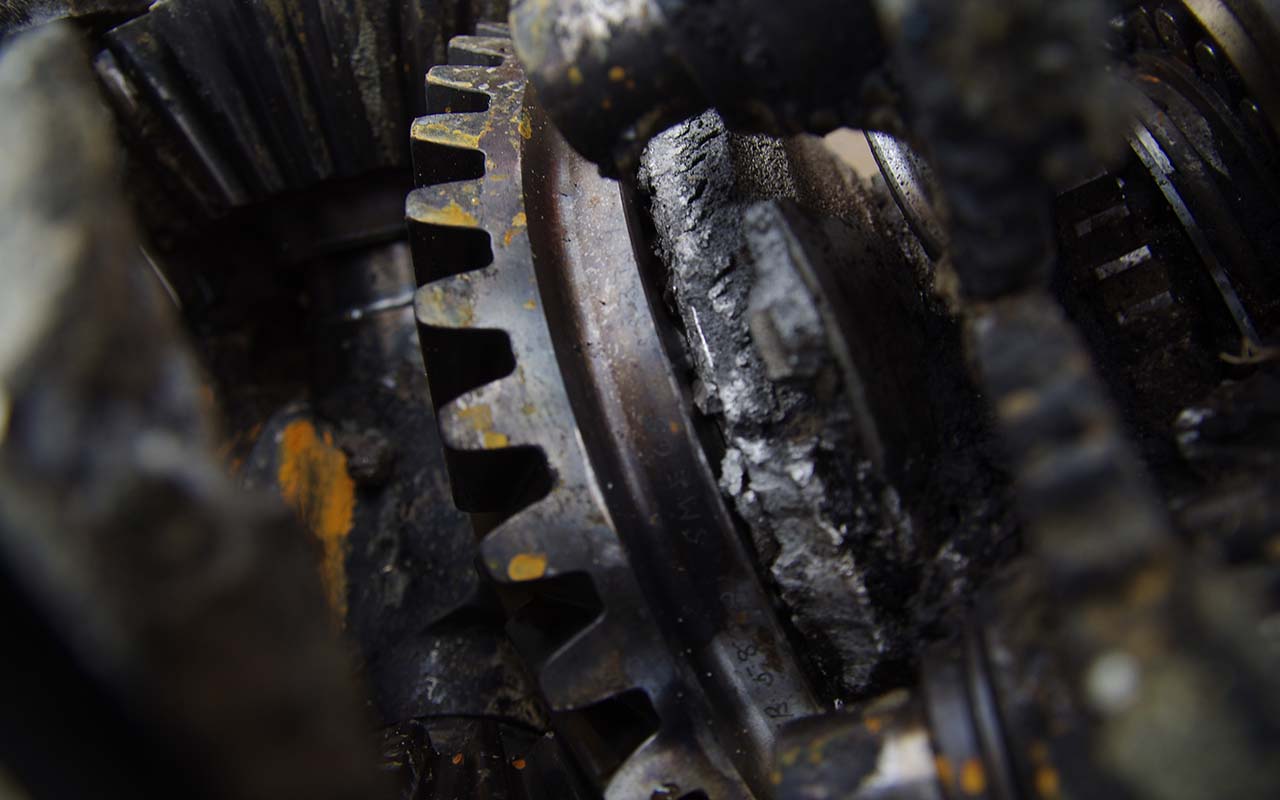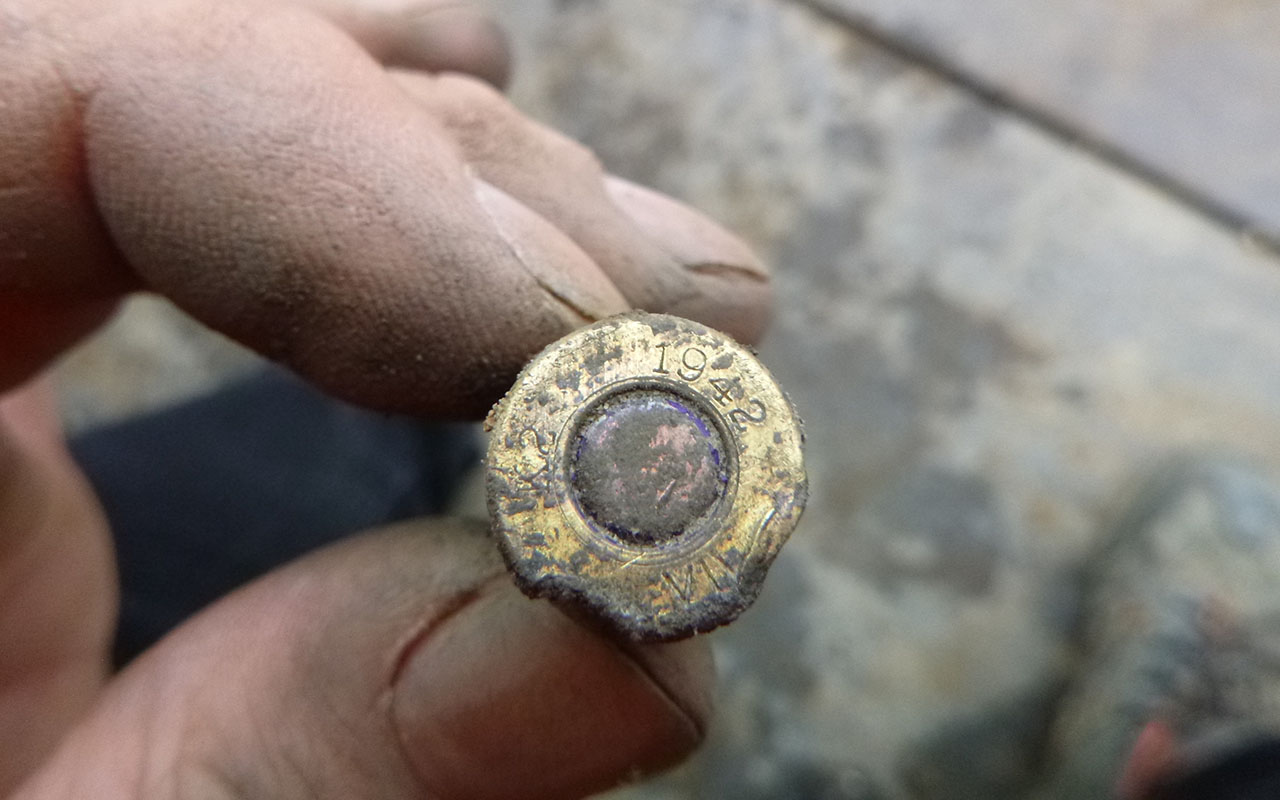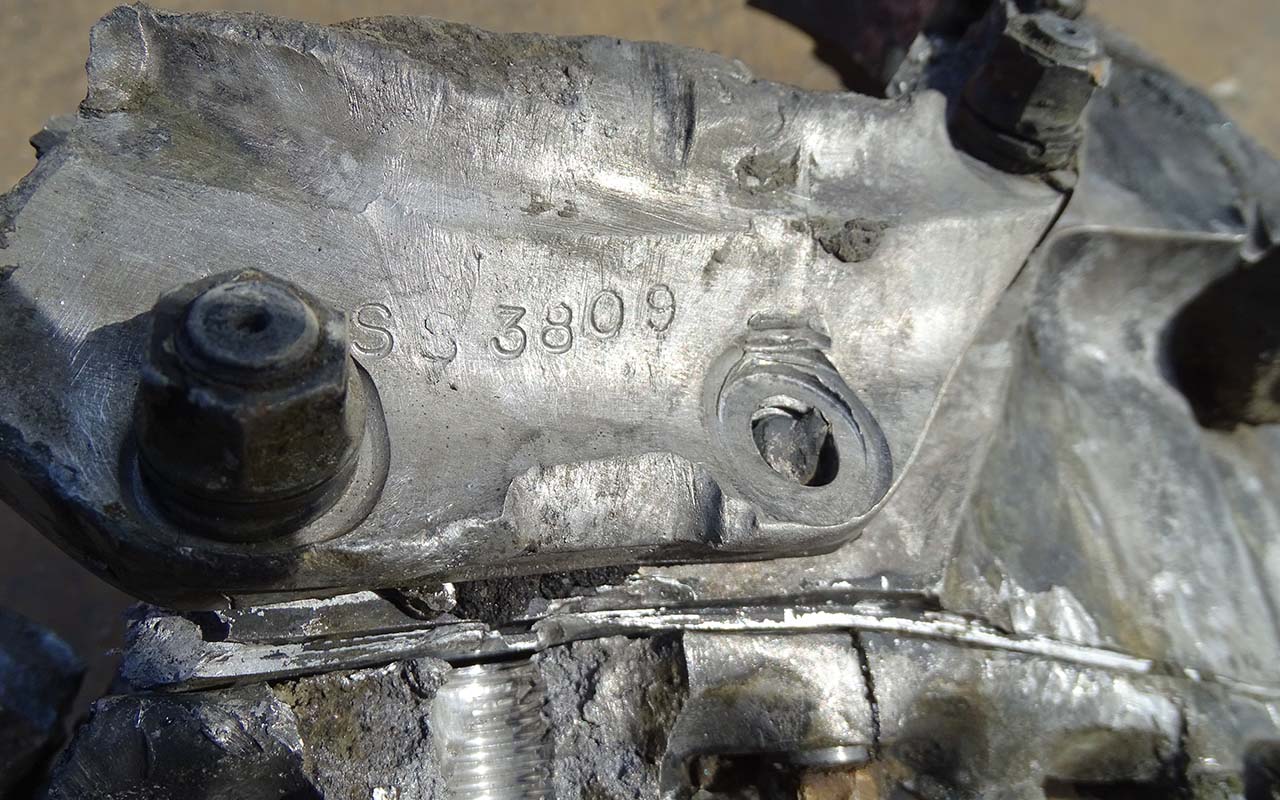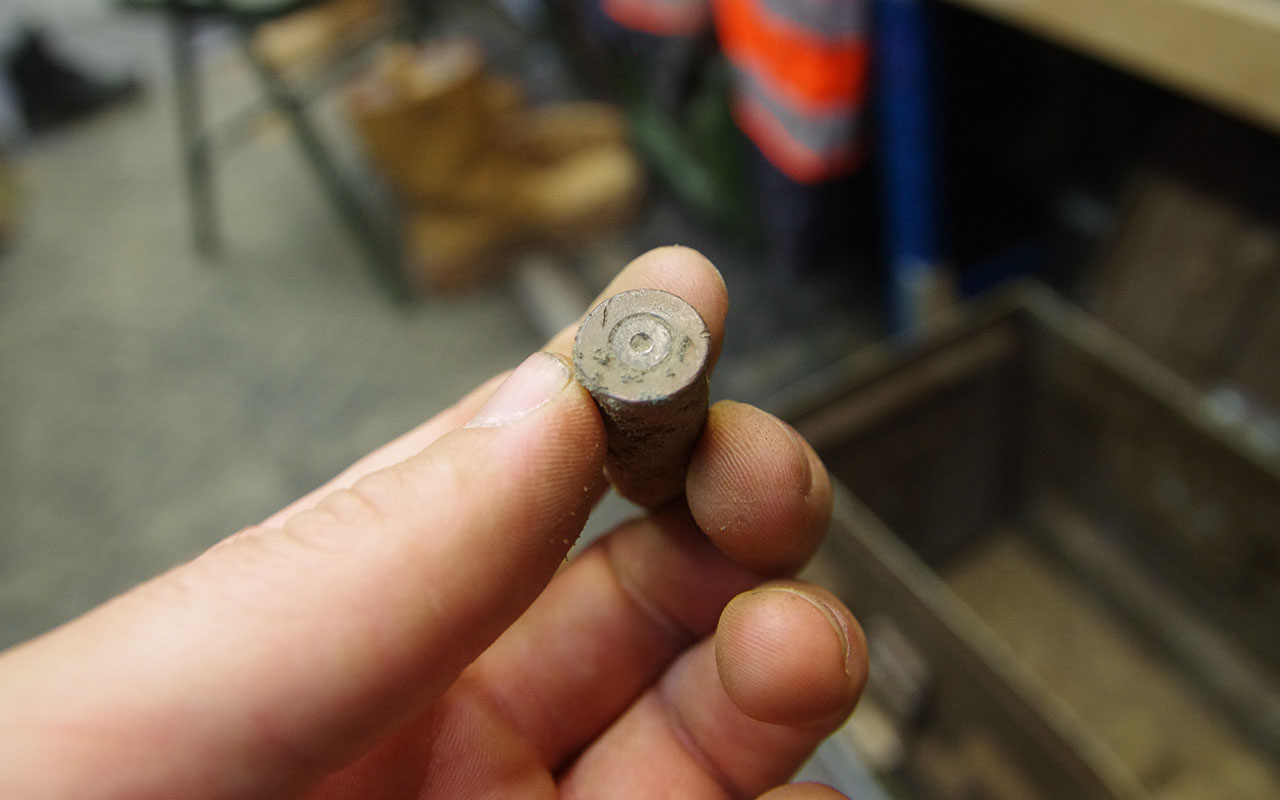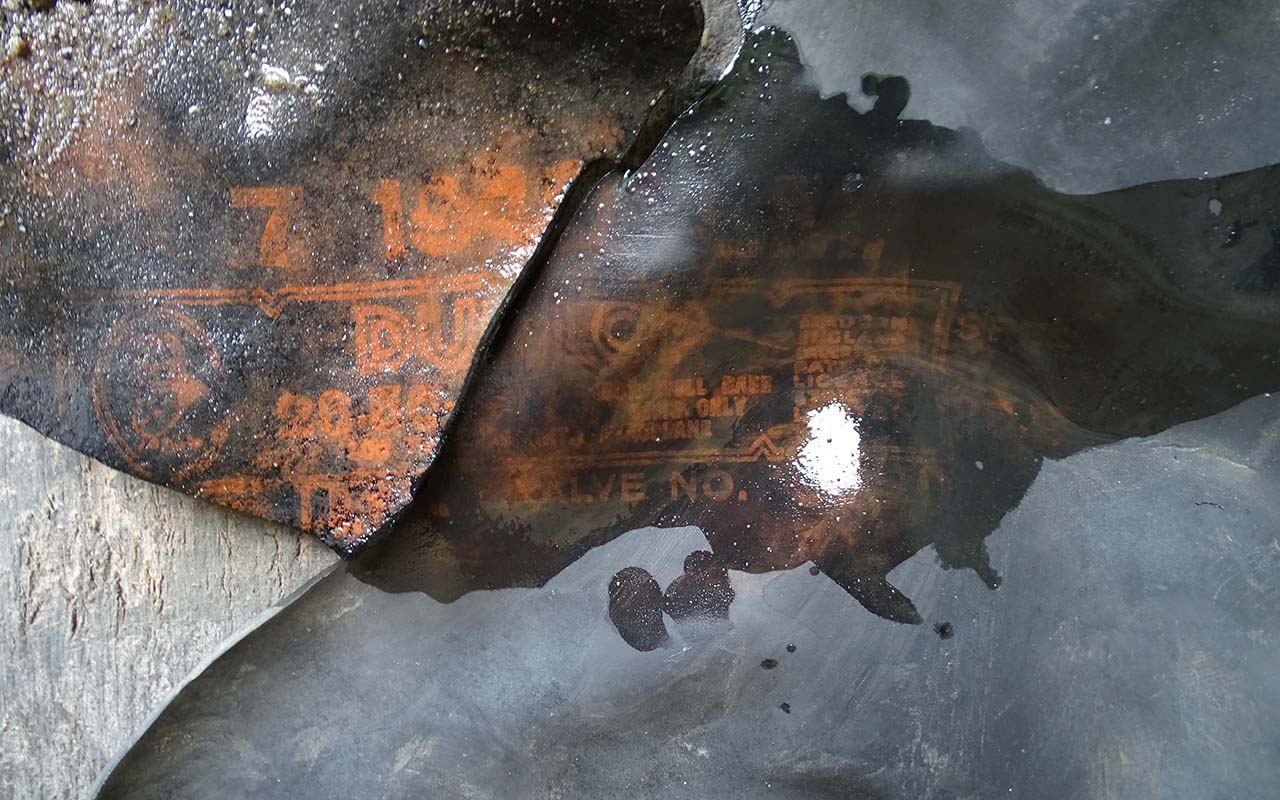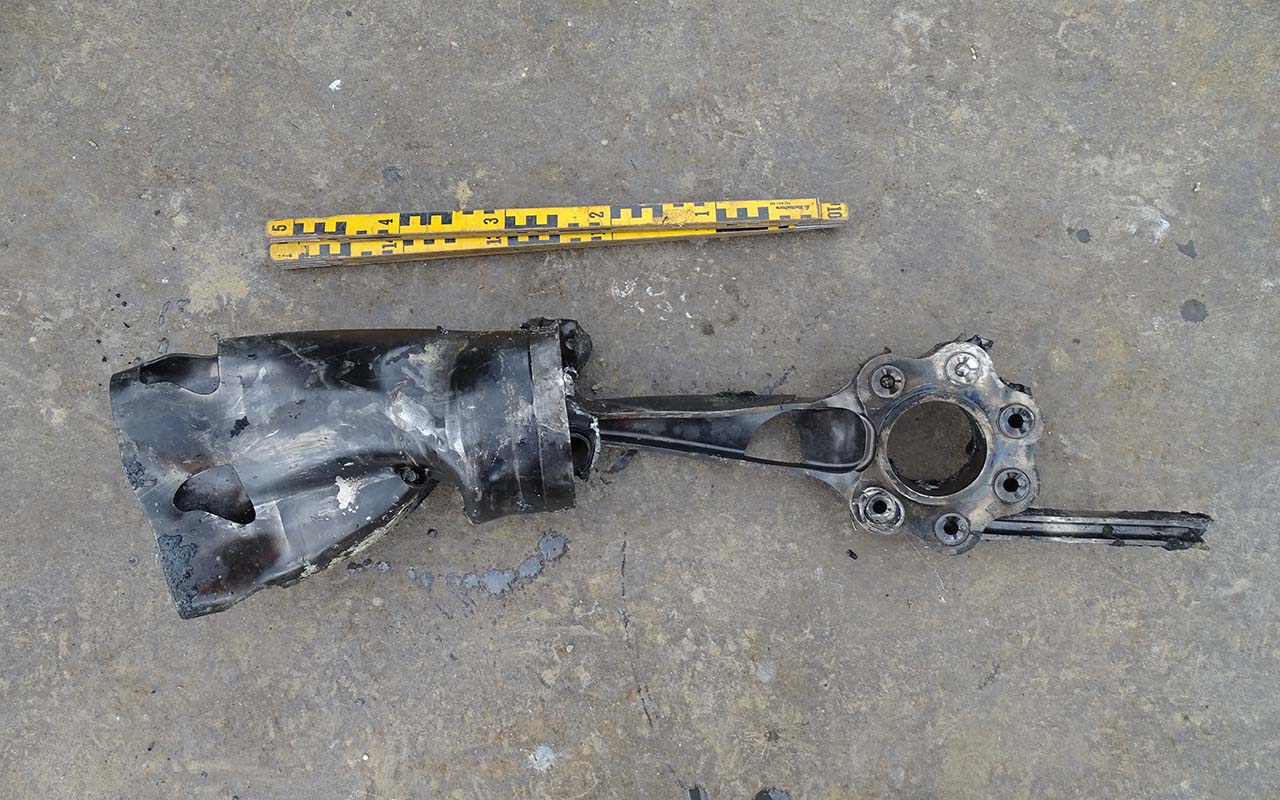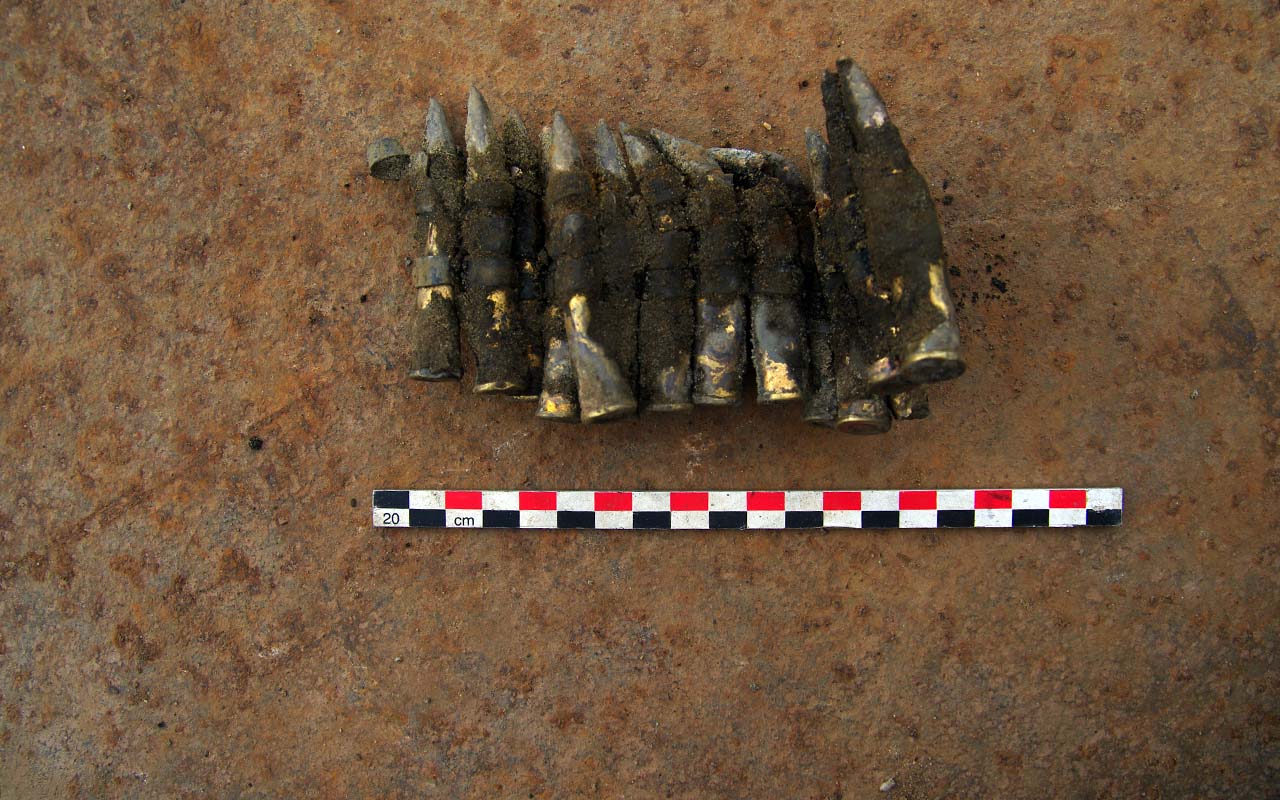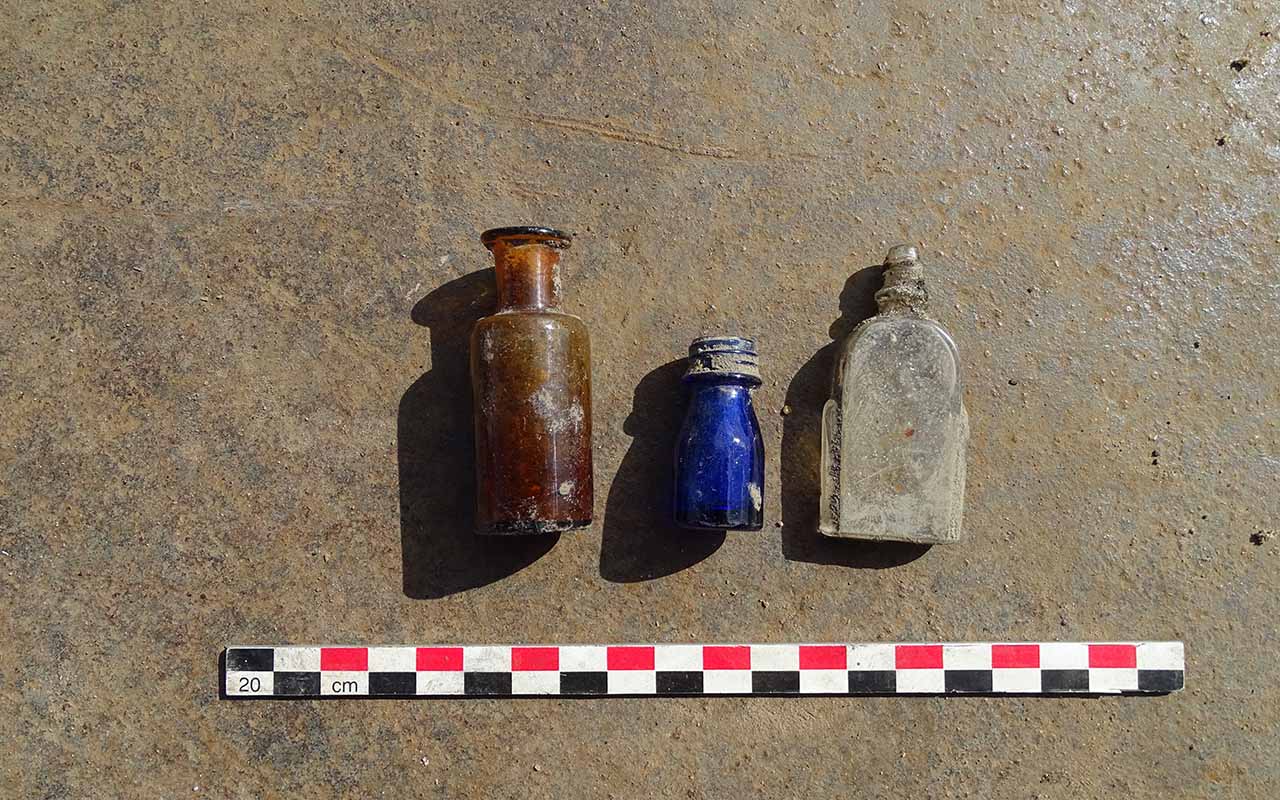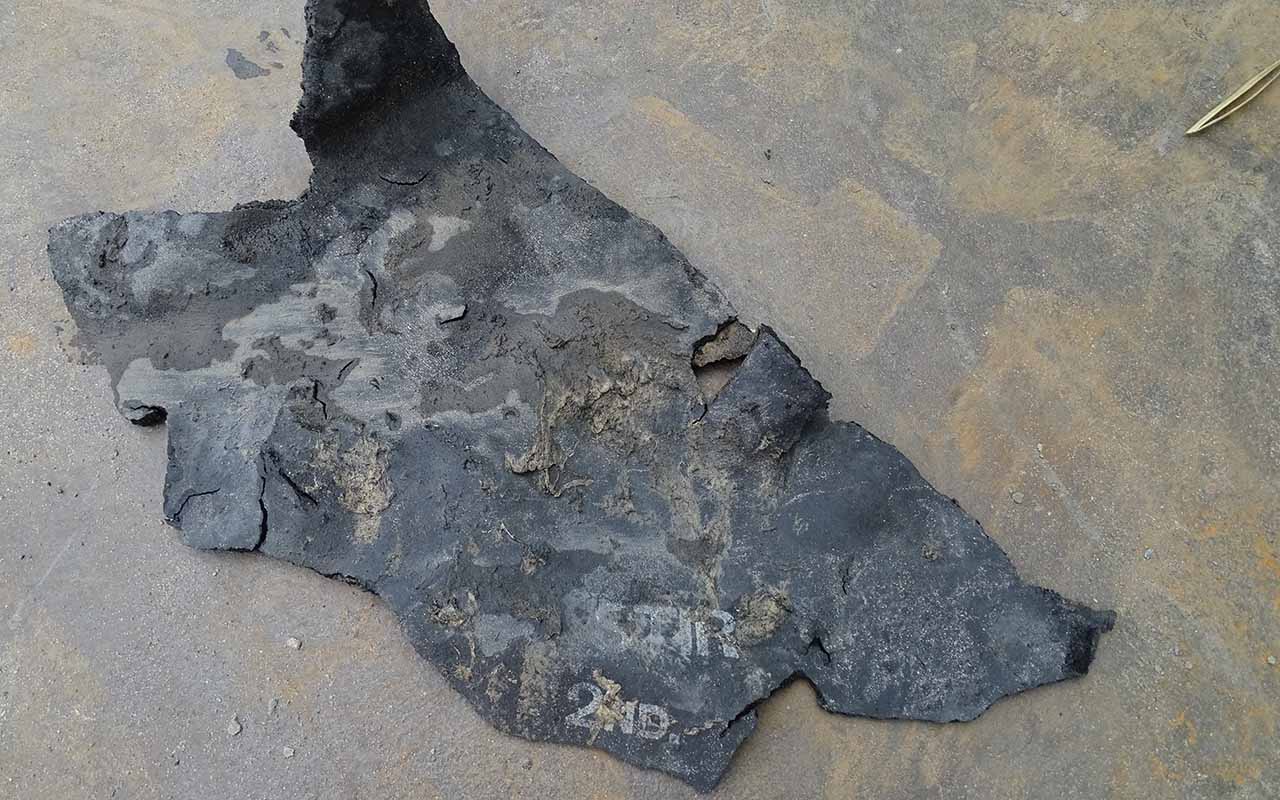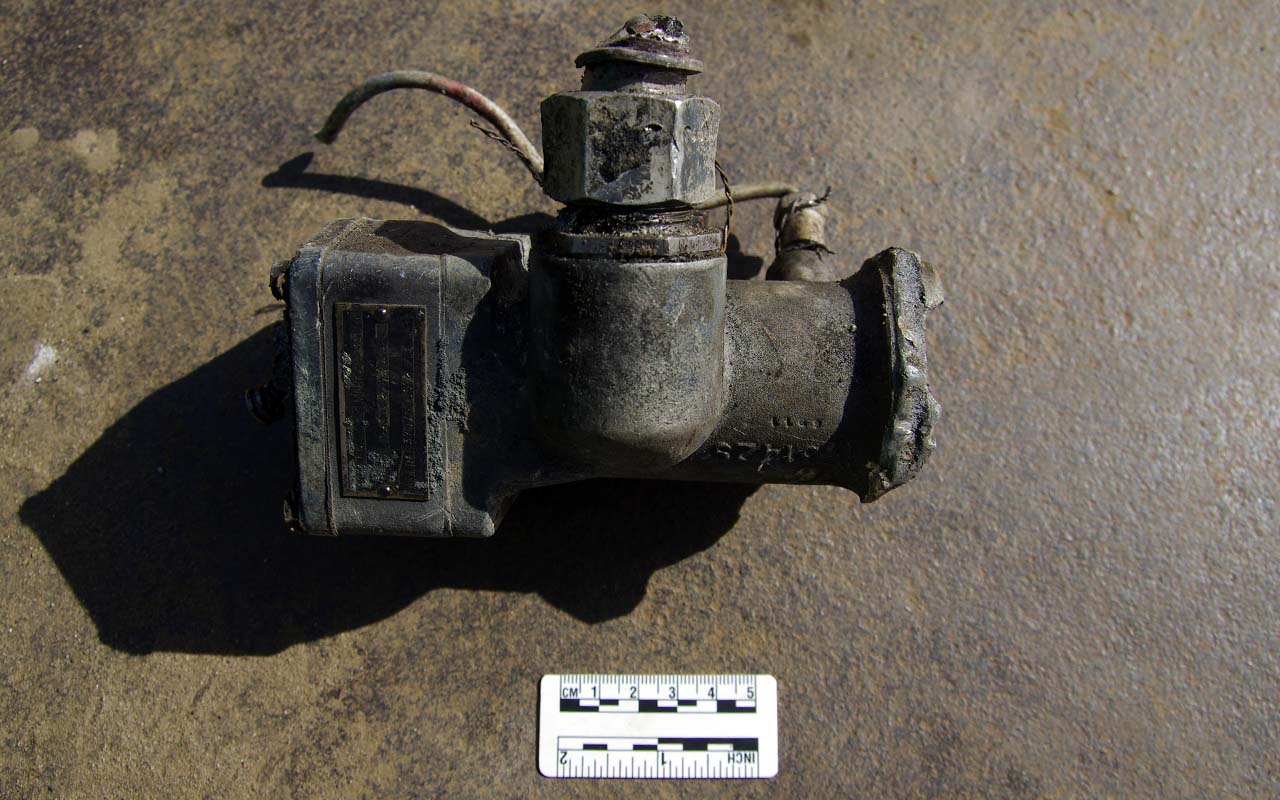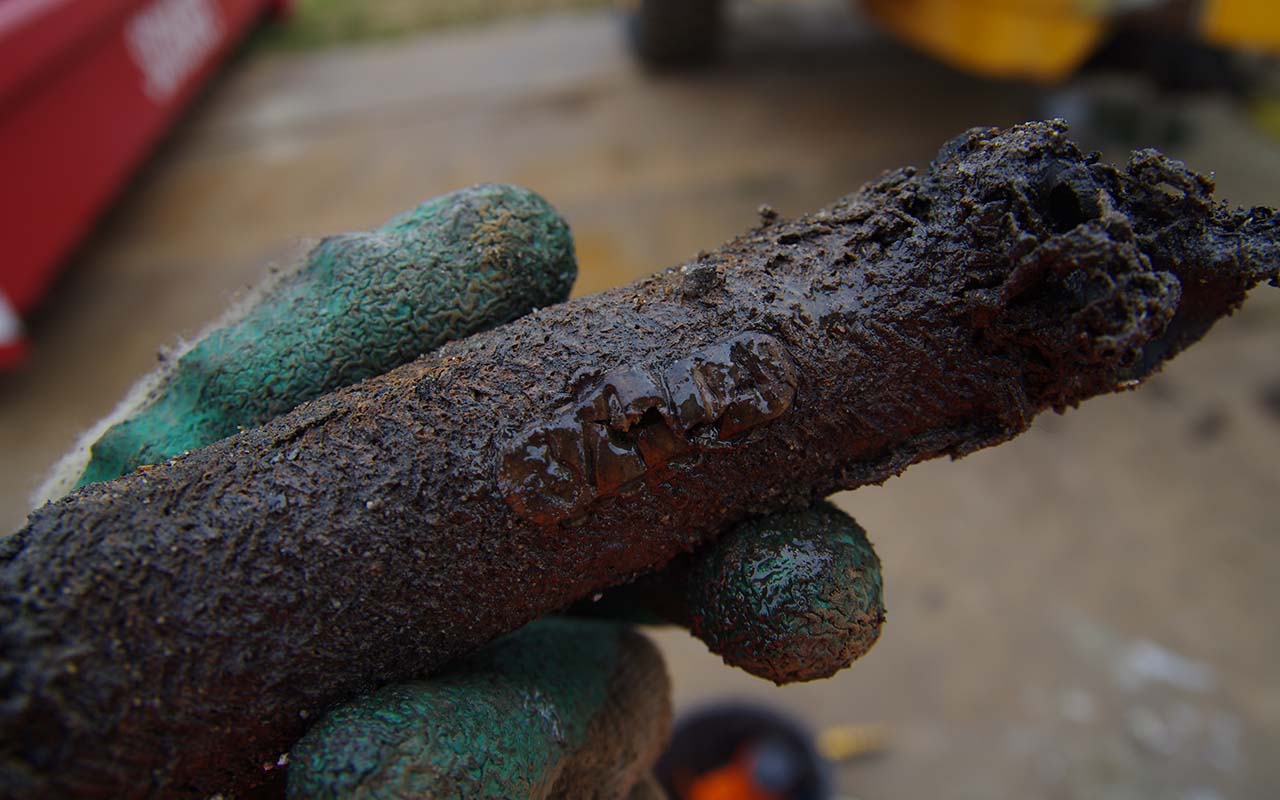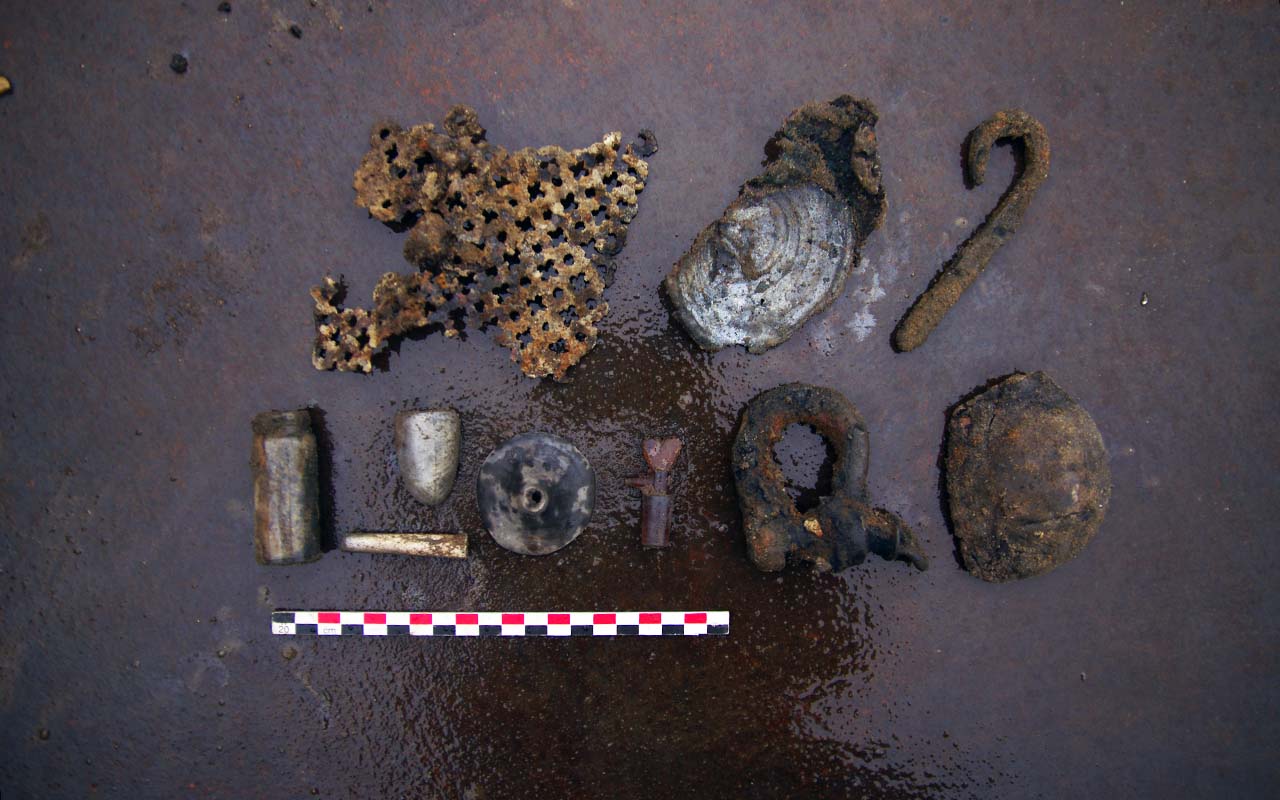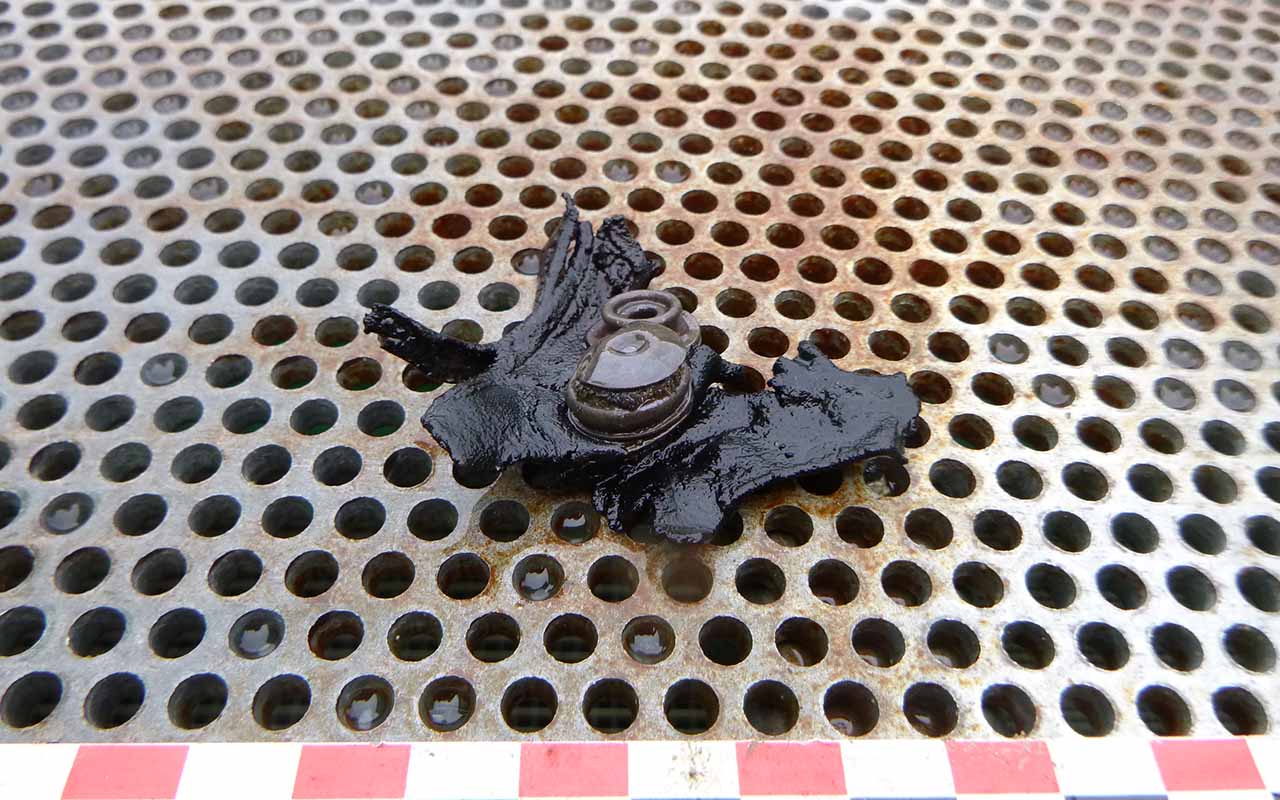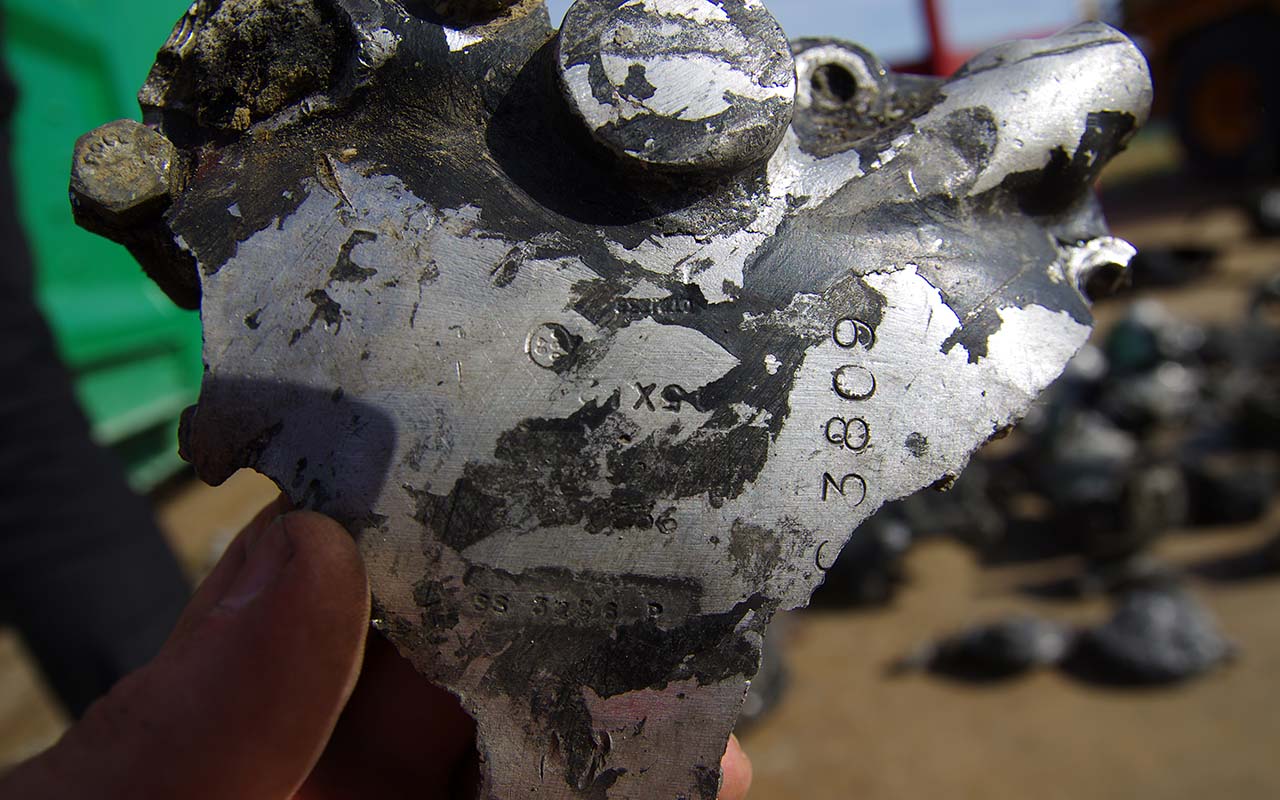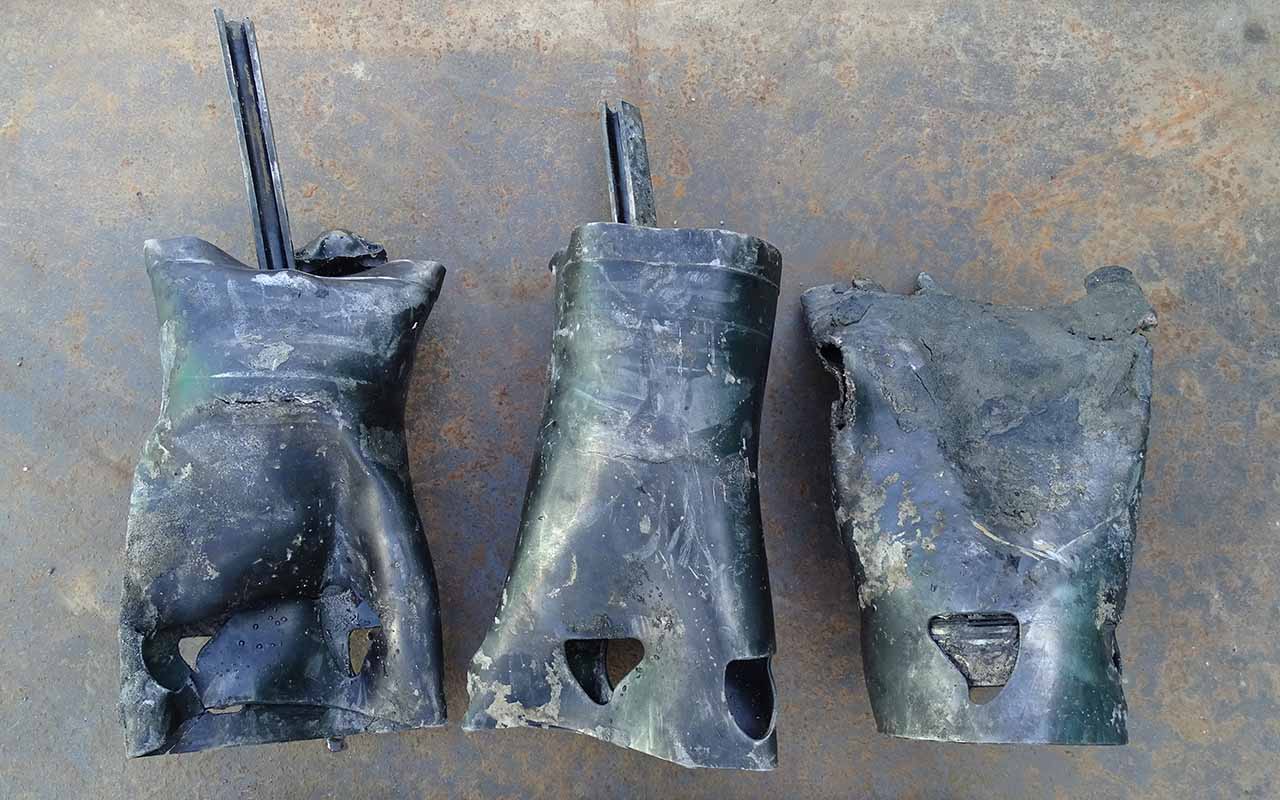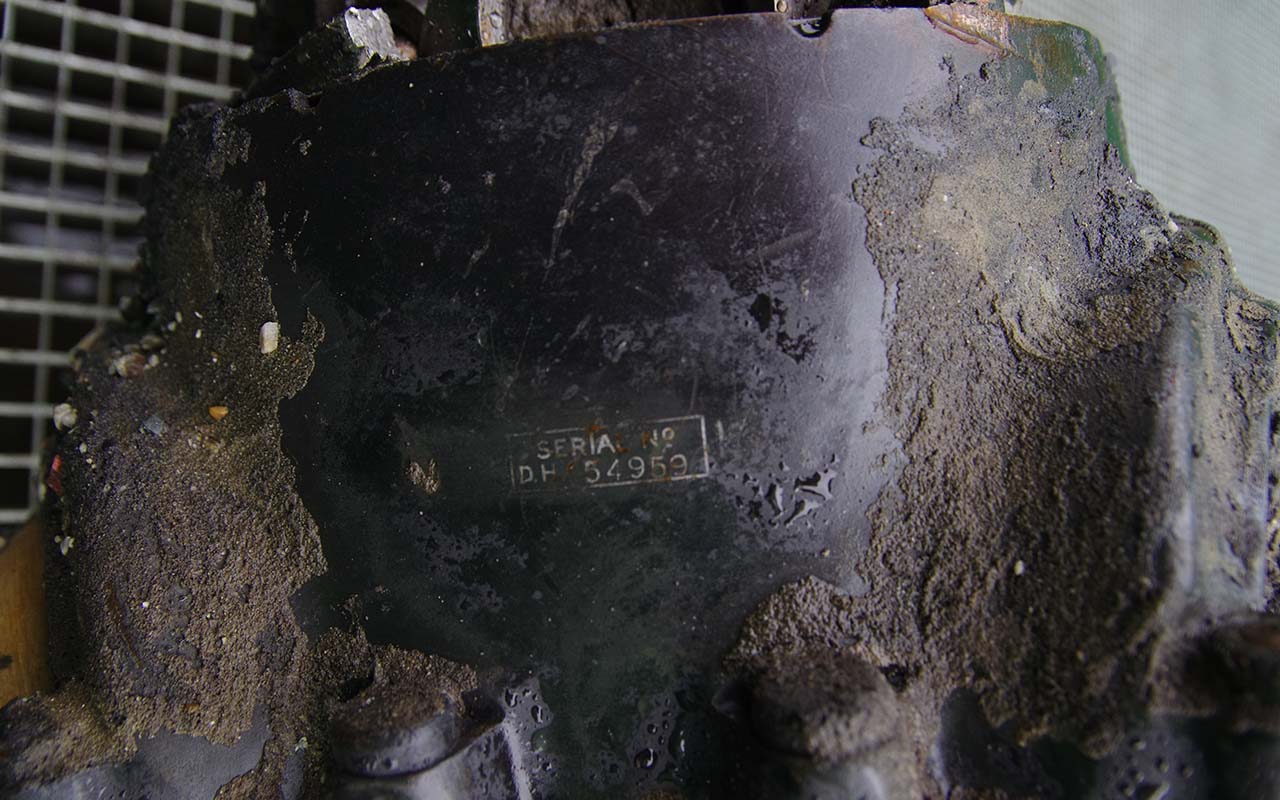Special dataset: salvage of WWII plane wreckage
While curating datasets, we regularly come across gems that deserve to be highlighted. Such is the case with this dataset from the recovery of a Short Stirling W7630 fighter plane in the municipality of Echt-Susteren, Limburg, The Netherlands. This Short Stirling is the first aircraft salvaged according to the ‘National Programme for Salvage of Aircraft Wrecks’ and the research is yielding surprising insights.
Photo: Beckers, D.E.P.C.M.; Weerden, J. F. van der, 2023, “De berging van Short Stirling W7630”, https://doi.org/10.17026/AR/2M3TUU, DANS Data Station Archaeology, V2
Licence CC-BY 4.0
Commissioned by the municipality of Echt-Susteren, BAAC (research and consultancy firm for Building History, Archaeology, Architectural History and Cultural History) carried out a supervision of the recovery of the military aircraft Short Stirling W7630. This British four-engine bomber crashed next to Lilbosch Abbey, in the immediate vicinity of Echt, on the night of 10-11 September 1942 during the bombing flight on nearby Düsseldorf. Just before reaching its target the aircraft was damaged by German anti-aircraft guns and then shot down by a German night fighter. The four crew members are still listed as missing.
During the salvage of the fighter plane, several large wreckage parts of the aircraft were found. These wreckage parts were then photographed, identified individually, and placed in their historical context. This revealed several things that tell something about the plane’s crash and the circumstances surrounding it.
Click on an image to enlarge.
Contrary to expectations, no human remains were found during the salvage operation. Nor were any objects found that could be attributed with certainty to particular persons. However, several personal items of equipment were found that were worn with certainty by persons who were in the aircraft on impact, including a safety buckle from a parachute lock. After the recovery, a grave was found in the Jonkerbos cemetery that can be related to this crash. It is likely that the remaining three missing persons jumped from the aircraft over the city of Düsseldorf before reaching the night’s target area, after which they were never identified. Future historical research might reveal where these three missing people might have been located.
View the complete dataset in the DANS Data Station Archaeology.
Experience shows that municipalities use the Aircraft Salvage Circular (Dutch only) as a guide when preparing and facilitating aircraft salvage operations, as it describes the duties, powers and processes. Currently, this Circular mentions archaeology only in the section ‘National Legal Framework’, characterising archaeology as an obstacle to the implementation of the disposal process and not as an integral part. This current salvage clearly shows, however, the need for legal guidance to integrate and legitimise archaeological guidance in the process. This can be achieved, for example, by giving archaeology its own paragraph in the Circular that indicates the position of the archaeological executor in the salvage process and what their duties, obligations and powers are.
Archaeology
FAIR and Open data
